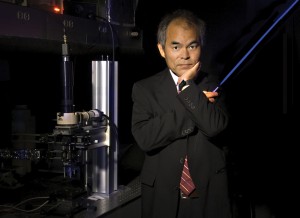 Working hard in high school to achieve a goal paid off for Laguna parent Shuji Nakamura, who revolutionized the way the world is lighted and won the Nobel Prize in Physics last month.
Working hard in high school to achieve a goal paid off for Laguna parent Shuji Nakamura, who revolutionized the way the world is lighted and won the Nobel Prize in Physics last month.
Nakamura is a professor of materials and of electrical and computer engineering at UCSB, where he is also co-director of the Solid State Lighting and Energy Electronics Center.
Nakamura, along with the two other scientists, Isamu Akasaki and Hiroshi Amano, were awarded the Nobel Prize for “the invention of efficient blue light- emitting diodes (LEDs), which has enabled bright and energy-saving white light sources,” as stated by the Royal Swedish Academy of Sciences.
“When I was a high school student, my favorite subject was math. Math is used to explain all of the phenomena in nature. I expected that whole universe phenomena should be explained by using one equation. This means physics, which became my favorite subject. I wanted to discover that equation at a high school,” Nakamura said, when asked about his passion for physics.
The other two scientists, working together and separately, found a way to produce blue light beams from semiconductors in early 1989 Nakamura invented one hundred times brighter blue LEDs using a novel crystal in 1993 as a commercial base.
Their work has enabled the creation of a whole new industry and the idea that “LEDs would be the lighting source of the 21st century, just as the incandescent bulb illuminated the 20th,” according to Dennis Overbye in “American and 2 Japanese Physicists Share Nobel for Work on LED Lights,” New York Times, Oct. 7.
The three scientists will split a prize of $1.1 million to be awarded in Stockholm on Dec. 10.
Nakamura, who has two children at Laguna, was awakened by a phone call from the Swedish Academy to be notified of his award. He described the call as “unbelievable.”
Laguna families might remember Nakamura as the keynote speaker at the 2011 Laguna K-6 Science Fair.
Students and parents were fascinated to meet a real ‘inventor’ and now a Nobel Prize winner.
This creation is significant due to the fact that one-fourth of the world’s electrical energy consumption goes to producing light.
Moreover, LED bulbs are more durable, lasting ten times as long as a fluorescent bulbs and 100 times as long as an incandescent bulbs.
Nakamura and the two other new laureates, working independently, had to concentrate on growing high- quality crystals of gallium nitride, a semiconductor used to produce blue light.
In 1986, Akasaki and one of his graduate students succeeded in growing their own crystals.
However, Nakamura, then at the Nichia Corporation, a chemical engineering and manufacturing company, succeeded in growing his own crystals, improved on the other two scientists’ method and succeeded in growing a special crystal, which shows one hundred times brighter blue emission.
Not only did Nakamura receive a Nobel Prize, but in 2006 he was also awarded the Millennium Technology Prize of one million euros (about
$1.3 million) for inventing the first efficient blue-light laser, opening the way for things like Blu-ray players and inventing the efficient green and blue LEDs and white LEDs.
When asked about his hopes for his project, Nakamura said, “I have worked for the development of efficient blue light-emitting diodes for 25 years. The efficiency of the commercially available blue LED is now about 50-60 percent. The efficiency means the light output power divided by input electrical power. Our goal of the efficiency is as high as almost 100%. We still have to work harder to achieve this goal.”
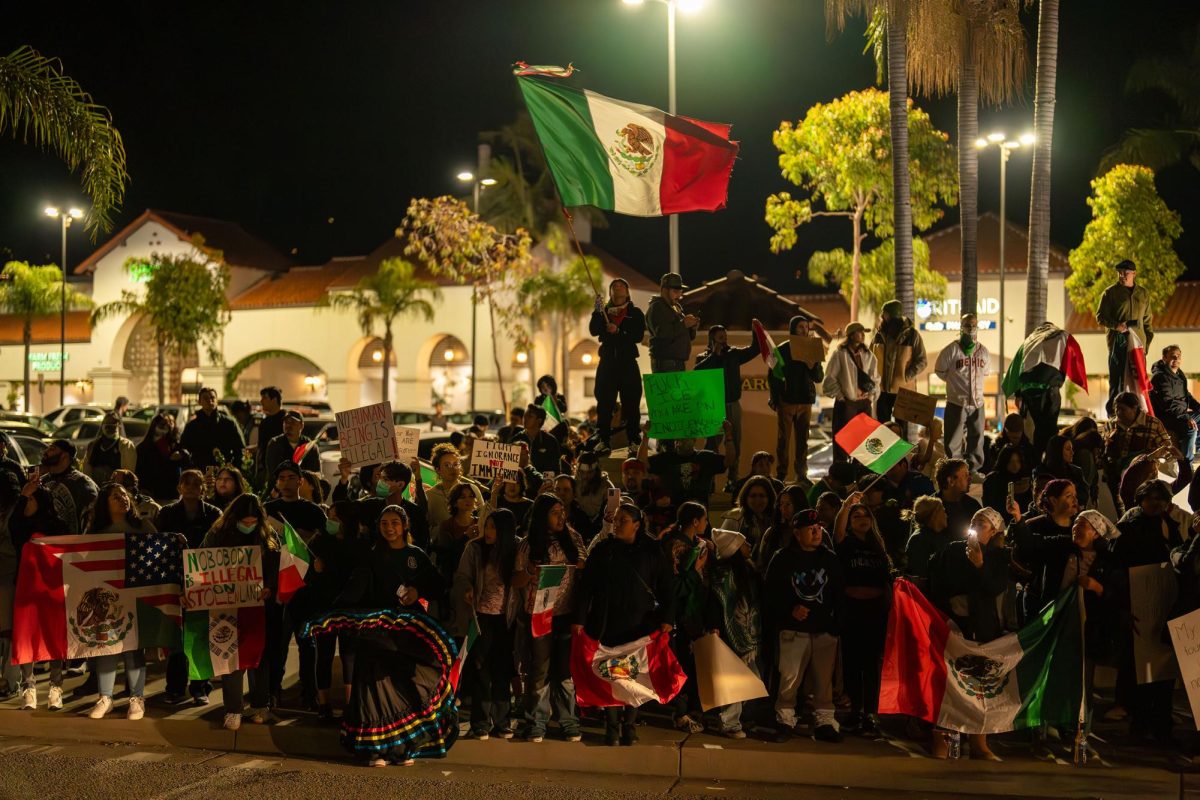











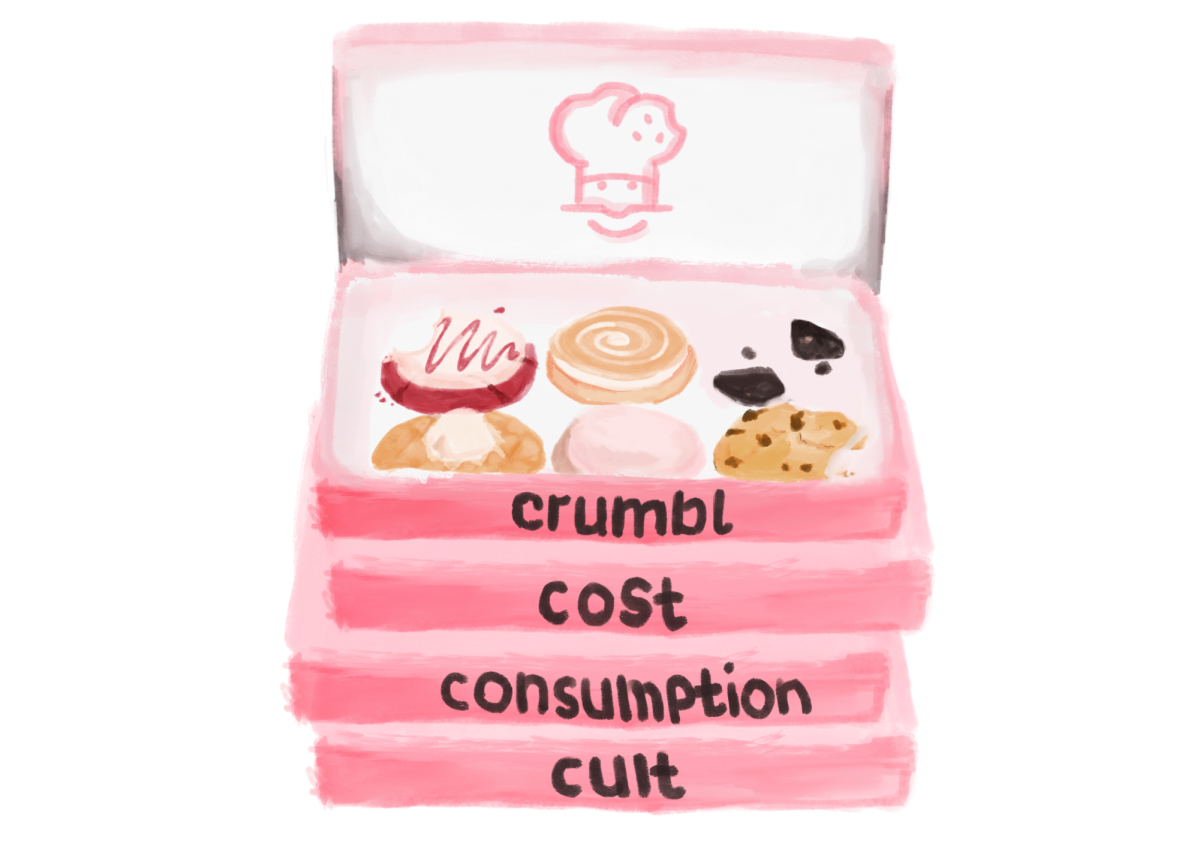


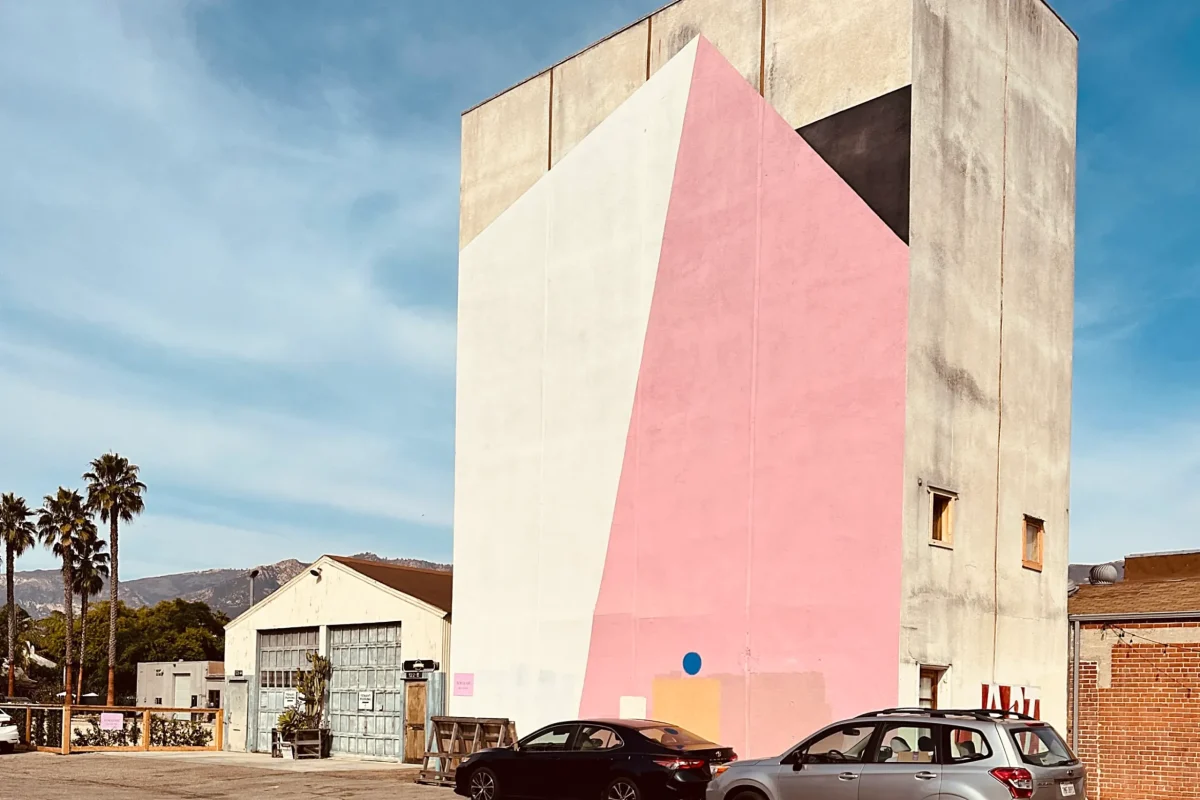










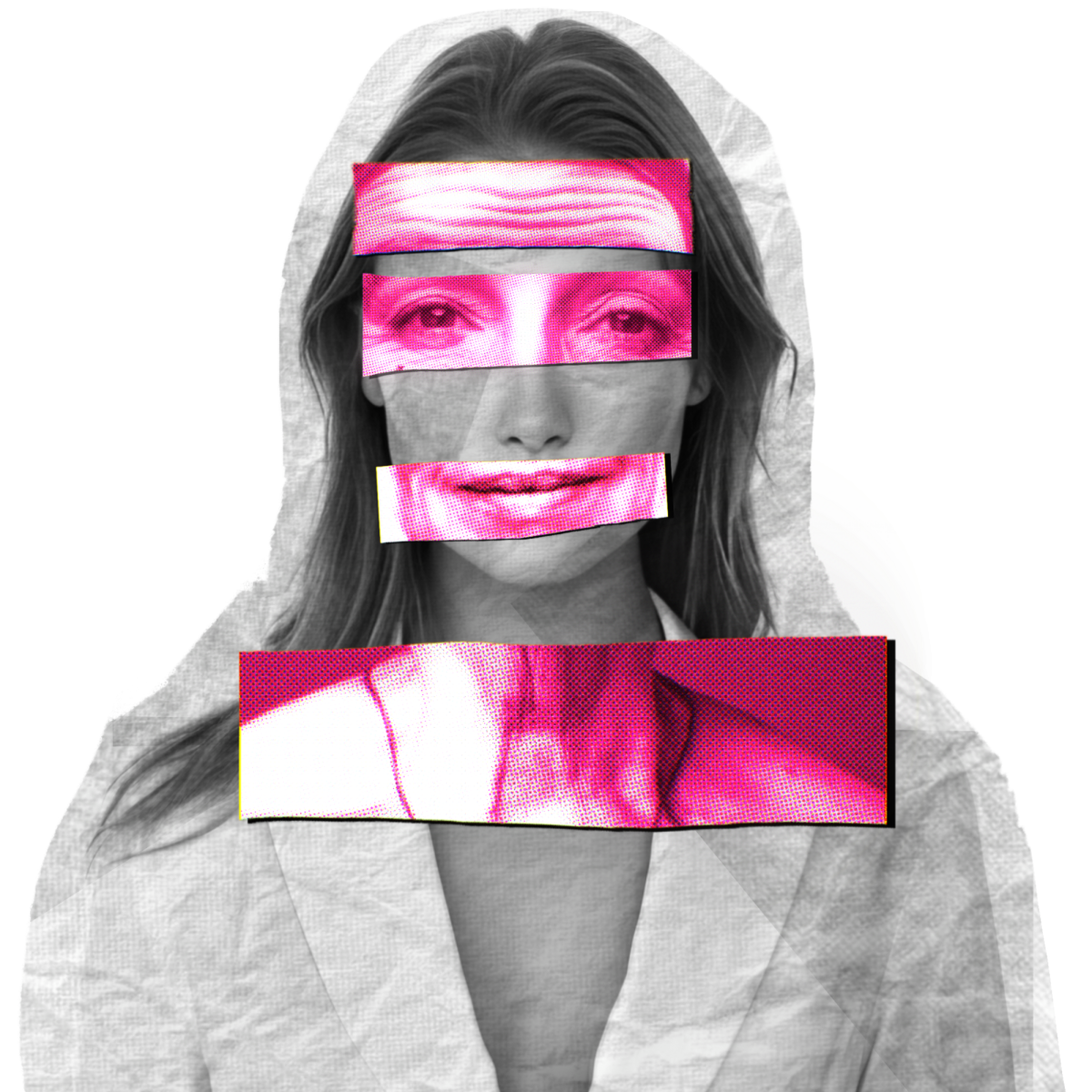





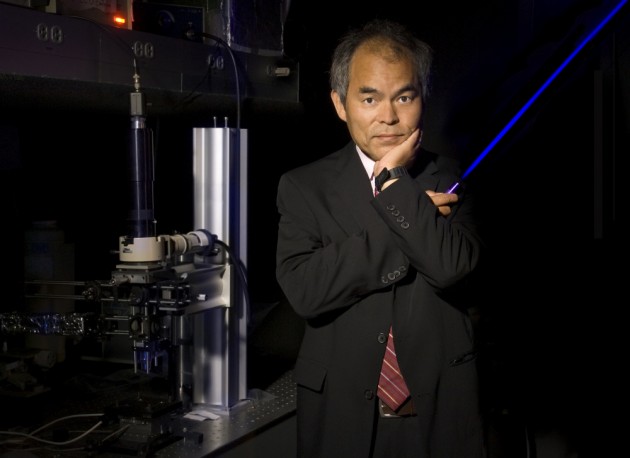

Harrison Kurdman • Jan 20, 2015 at 3:03 PM
Awesome article! Really cool that an alumni won a nobel prize!